A Guide to Full Dive VR Technology
Close your eyes for a moment. Imagine yourself transported to a fantastical world, not just seeing it, but feeling the cool grass beneath your feet, the warmth of the sun on your skin, and the salty spray of a nearby ocean. Imagine attending a concert from the front row, the music pulsing through your body, or exploring the pyramids of Egypt alongside a virtual archaeologist, unearthing ancient secrets. This isn’t science fiction – it’s the exhilarating potential of Full Dive VR technology.
What is Full Dive VR?
Full Dive VR, also known as immersive VR or dive VR, represents the next evolutionary leap in virtual reality. It aims to create a completely realistic and sensory experience that transcends the limitations of traditional VR headsets. Unlike current VR systems that primarily focus on sight and sound, Full Dive VR would engage all five senses: sight, hearing, touch, taste, and smell.
This immersive experience is achieved through a combination of cutting-edge technologies, including:
- Brain-computer interfaces (BCIs): Imagine controlling your virtual avatar with your thoughts! BCIs would read your brain activity, translating your thoughts and intentions into actions within the virtual world. Think of scaling a mountain by simply picturing yourself climbing. While still in its early stages, research on BCIs is progressing rapidly. For instance, a recent study at Stanford University demonstrated success in controlling a robotic arm through BCI technology.
- Haptic suits: These specialized suits provide realistic touch sensations, allowing you to feel the texture of virtual objects or the impact of a virtual punch. Imagine feeling the weight of a virtual backpack as you explore a mountain trail or the satisfying weight of a virtual weapon in your hand. Haptic technology is already being used in VR experiences today. The VRsenal Haptic Feedback Vest, for example, provides users with a sense of touch and impact in VR simulations.
- Olfactory and Gustatory Technologies: While still in their infancy, these emerging technologies would eventually simulate taste and smell, making the virtual world even more immersive. Imagine the possibilities! Tasting virtual delicacies from around the world or smelling the fresh air of a virtual forest. Researchers are actively developing these technologies. For instance, Firmenich, a fragrance and flavor company, is creating technology to deliver scents through headsets.
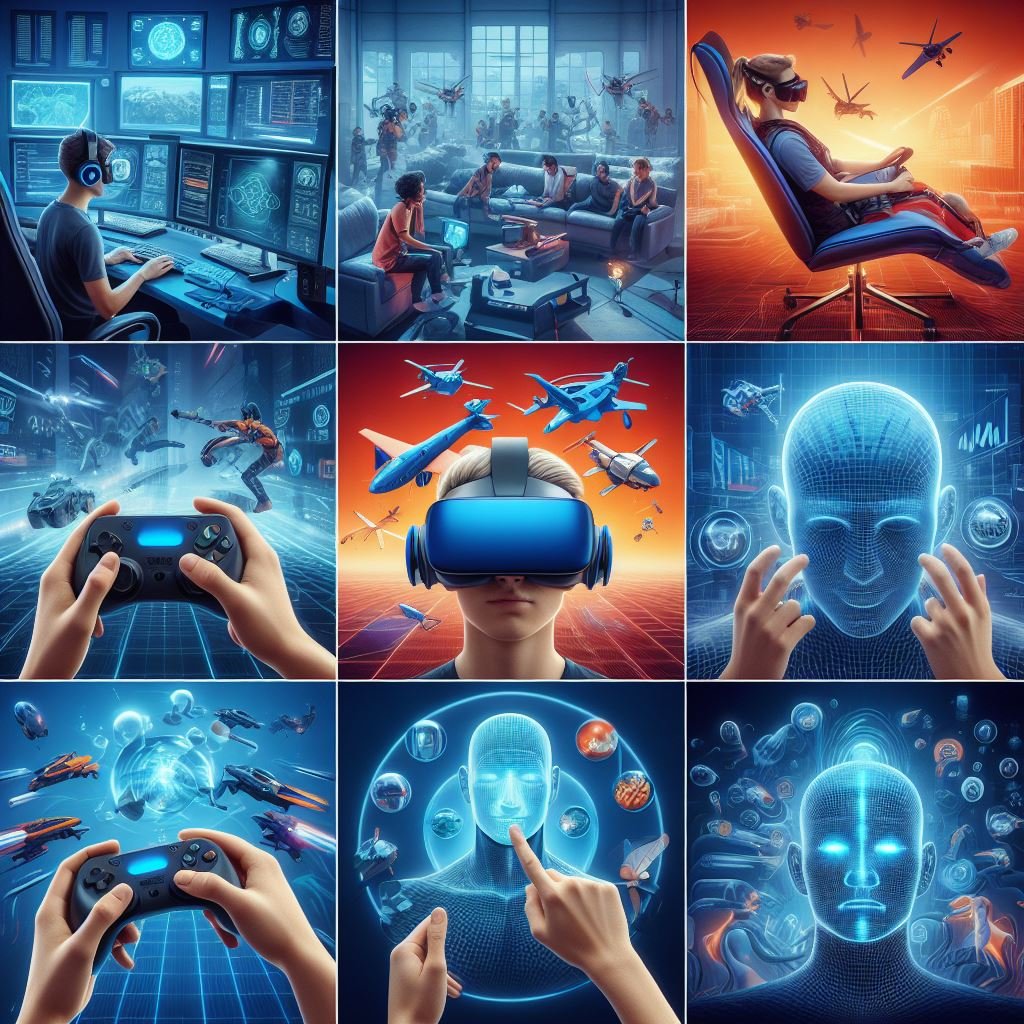
How Does Full Dive VR Work?
While Full Dive VR is still in development, here’s a breakdown of how it could work based on current technological concepts:
1. Bridging the Brain-Computer Gap:
- Brain-Computer Interfaces (BCIs): These devices would form the core of Full Dive VR. BCIs would be worn on the head and would read electrical signals from your brain. By interpreting these signals, the BCI could translate your thoughts and intentions into actions within the virtual world.
- Imagine this: Thinking about moving your virtual avatar forward would send a signal to the BCI, causing your avatar to move on the screen. As BCI technology advances, it could become even more sophisticated, allowing for nuanced control within the virtual environment.
2. Creating a Sensory Feast:
- Haptic Suits: Imagine feeling the wind whipping through your virtual hair or the ground beneath your virtual feet. Haptic suits would be full-body garments equipped with tiny motors that vibrate or squeeze at specific points to simulate touch. This would create a sense of physical interaction with the virtual world.
- Beyond Touch: Theorized future advancements include haptic gloves that provide pressure feedback or heat sensations, further enhancing the realism of virtual interactions.
- Olfactory and Gustatory Technologies: These are still in their early stages, but the goal is to stimulate the senses of smell and taste eventually. Imagine smelling the salty ocean air on a virtual beach or tasting a virtual piece of virtual chocolate cake!
3. Imersing You in Sight and Sound:
- High-Resolution Displays: Full Dive VR would likely require high-resolution displays with a wide field of view to create a truly immersive visual experience. Imagine feeling like you’re truly in the virtual world, not just looking at it through a screen.
- Spatial Audio: Advanced spatial audio technology would create realistic 3D sound, making it seem like virtual sounds are coming from all around you. Imagine hearing the roar of a virtual crowd at a concert or the chirping of virtual birds in a virtual forest.
Putting it all Together:
By combining these technologies, Full Dive VR aims to create a completely realistic and sensory experience that transcends the limitations of traditional VR. Imagine a world where the virtual feels real, where you can not only see and hear but also touch, taste, and smell the virtual world around you.
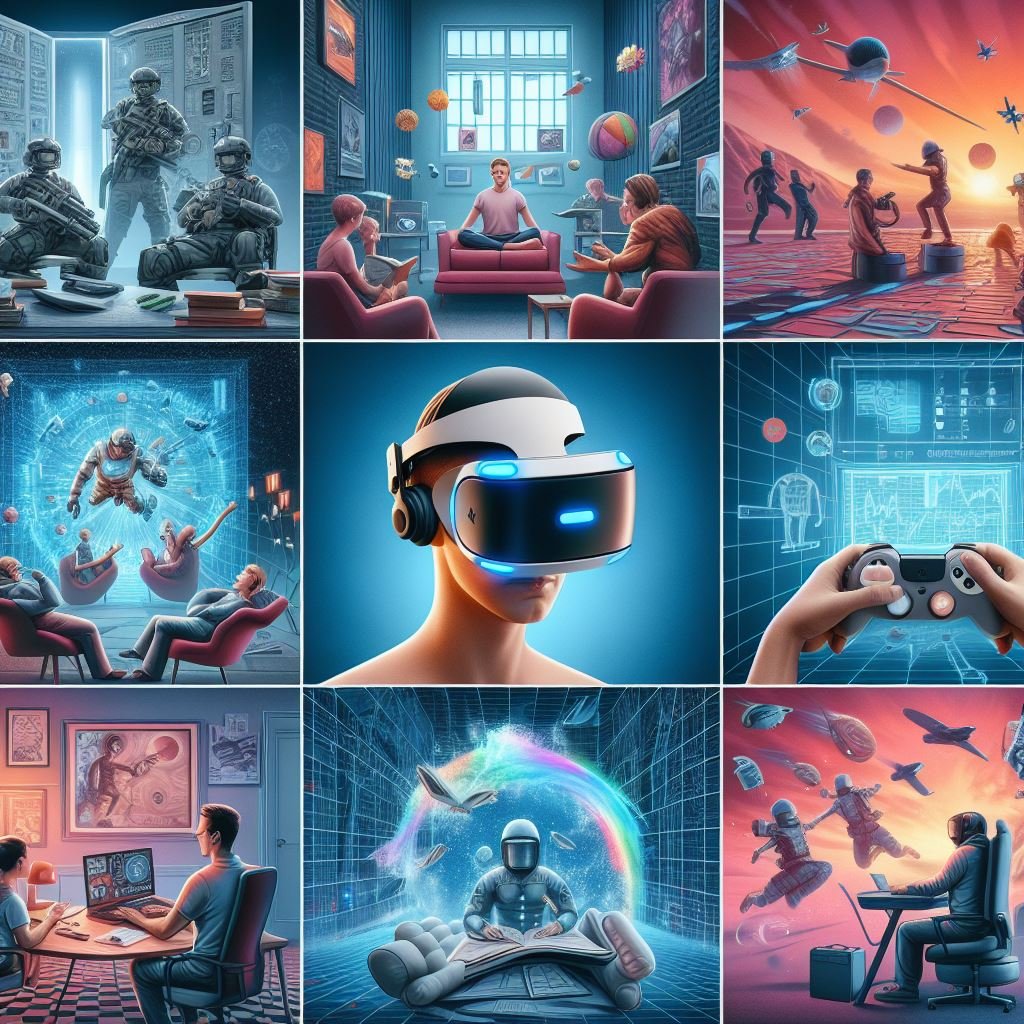
How Could Full Dive VR Change Our Lives?
The potential applications of Full Dive VR are vast and transformative. Here are a few exciting possibilities that could revolutionize various aspects of our lives:
- Education and Training: Imagine learning history by walking the bustling streets of ancient Rome alongside virtual citizens, or practicing surgery in a risk-free virtual environment. Full Dive VR could create immersive and interactive learning experiences that enhance knowledge retention and engagement.
- Entertainment: Dive into a breathtaking fantasy world and battle mythical creatures, explore the depths of the ocean alongside virtual marine life, or attend a concert with your favorite artist in a virtual stadium filled with cheering fans – all from the comfort of your home. Full Dive VR has the potential to redefine entertainment by offering unparalleled levels of immersion and escapism.
- Healthcare: VR therapy is already being used to treat phobias, anxiety, and even chronic pain. Full Dive VR could take this a step further by creating even more realistic and effective virtual environments for therapeutic purposes. It could also be used for remote surgery and rehabilitation, allowing specialists to operate on patients from anywhere in the world.
- Social Interaction: Imagine attending virtual meetings or social events where you feel like you’re truly present with others, interacting and collaborating in shared virtual spaces. Full Dive VR could transform the way we connect with people around the world, fostering a sense of presence and connection that transcends physical distance.
Challenges and Considerations of Full Dive VR
While Full Dive VR holds immense promise, there are also significant challenges and ethical considerations to address before it becomes a mainstream reality:
- Safety: The potential for harm if something goes wrong within the virtual world is a major concern. What happens if a user experiences a technical malfunction or a glitch in the system? Safety protocols and emergency procedures need to be carefully developed to mitigate these risks.
- Privacy: Brain-computer interfaces raise serious privacy concerns. Our thoughts are inherently personal, and the potential for this data to be accessed or misused is a serious consideration. Robust privacy laws and ethical guidelines need to be established to protect user data.
- Addiction: The immersive nature of Full Dive VR could lead to addiction and neglect of real-world responsibilities. Finding a healthy balance between virtual and real-world experiences will be crucial. Strategies to promote responsible VR use and encourage breaks from the virtual world need to be developed.
- Accessibility: The cost and complexity of Full Dive VR technology could make it inaccessible to many people. Early versions are likely to be expensive, and the technology may require specialized training or expertise to use. Efforts to develop affordable and user-friendly Full Dive VR systems are essential to ensure equitable access.
- The Blurring of Reality: A major concern is the potential for the line between virtual and real worlds to become blurred. Full Dive VR experiences could be so realistic that users have difficulty distinguishing them from reality. This could have psychological implications and potentially lead to social isolation or difficulty reintegrating into the real world.
How Close Are We to Full Dive VR?
As of the latest information available, Full Dive VR is still in the developmental stage. Current VR experiences primarily rely on head-mounted displays and motion tracking to provide visual and auditory immersion. However, Full Dive VR seeks to replicate physical sensations like touch, taste, and smell, which requires advanced technology such as haptic feedback systems and brain-computer interfaces (BCIs).
Researchers and developers are actively working on overcoming these challenges, and while we have seen advancements in haptic technology and sensory simulation, there is still a way to go before Full Dive VR becomes a reality. The timeline for when Full Dive VR will be available is uncertain, but the ongoing research and development indicate that it is a field of great interest and potential.
Dive Deep or Dip Your Toes? A Look at Full-Dive VR vs Traditional VR
Virtual Reality (VR) has taken the world by storm, transporting users to fantastical worlds and revolutionizing how we experience entertainment, education, and even training. But what if VR could offer an even deeper level of immersion? Enter Full-Dive VR, the next frontier in VR technology. Let’s take a plunge and explore the key differences between Full-Dive VR and traditional VR:
The Sensory Experience:
- Traditional VR: Primarily focuses on sight and sound. Users wear headsets with high-resolution displays and spatial audio, creating a convincing illusion of a virtual environment. However, touch, taste, and smell are not stimulated.
- Full-Dive VR: Aims to fully immerse all five senses. Imagine feeling the wind in your hair as you soar through a virtual landscape or tasting a virtual delicacy from a different culture. Full-dive VR would utilize Brain-Computer Interfaces (BCIs) to interpret brain activity and translate it into actions within the virtual world. Haptic suits would provide realistic touch sensations, and nascent olfactory and gustatory technologies could eventually simulate smell and taste.
The Level of Immersion:
- Traditional VR: While immersive, it still maintains a barrier between the user and the virtual world. Users are aware they are wearing a headset and can often see the real world around them.
- Full-Dive VR: Aims to blur the lines between reality and the virtual world. By engaging all five senses, Full-Dive VR has the potential to create an experience so realistic that users feel like they’ve truly been transported to another place.
The Applications:
- Traditional VR: Widely used for gaming, entertainment (watching 360° videos, virtual concerts), education (virtual field trips, interactive learning experiences), and training simulations (flight simulators, medical procedures).
- Full-Dive VR: Could revolutionize these applications and introduce entirely new possibilities. Imagine experiencing history by walking the streets of ancient Rome and feeling the cobblestones beneath your feet, or performing surgery in a virtual environment with complete sensory feedback. Full-dive VR also holds immense potential for therapeutic applications, creating even more realistic virtual environments for treating phobias, anxiety, and even chronic pain.
The Challenges:
- Traditional VR: Accessibility is a challenge, with VR headsets ranging in price and requiring powerful computers to run high-end VR experiences. Motion sickness can also be an issue for some users.
- Full-Dive VR: Faces even greater challenges. Safety is a major concern, as malfunctions within the virtual world could have serious consequences. Privacy issues surround BCI technology, as it reads brain activity. Addiction to the virtual world and the blurring of reality are also significant considerations. The technology itself is highly complex, and widespread adoption may be a long way off.
Traditional VR offers a compelling and accessible way to experience virtual worlds. Full-dive VR represents the cutting edge, promising an unparalleled level of immersion. While technological hurdles remain, the potential of Full-Dive VR is undeniable. It has the power to transform the way we learn, work, play, and connect with the world around us.
So, which one is right for you? Traditional VR offers a great entry point, while Full-Dive VR represents the future. As technology advances, the lines may blur, and traditional VR experiences may incorporate more advanced haptic feedback or even BCI elements. Ultimately, the choice depends on your needs and preferences
The Future of Full Dive VR
Full Dive VR technology is still in its early stages of development. However, the rapid advancements in VR and related fields, such as artificial intelligence, neuroscience, and haptics, suggest that it may become a reality sooner than we think. While there are challenges to overcome, the potential benefits of Full Dive VR are undeniable. It has the power to transform the way we learn, work, play, and connect with the world around us.
Real-World Examples of VR Pushing Boundaries:
Even though Full Dive VR isn’t here yet, the VR industry is already creating experiences that push the boundaries of what’s possible. Here are a few examples:
- VR Therapy: Exposure therapy in VR environments is proving to be an effective treatment for phobias and anxiety disorders. For instance, VR therapy is being used to help people overcome a fear of heights by gradually exposing them to virtual heights in a safe and controlled environment.
- VR Training: Companies are using VR to train employees safely and cost-effectively. For example, airlines can use VR to train pilots on emergency procedures without needing expensive flight simulators.
- VR Education: VR field trips and immersive learning experiences are making education more engaging and interactive. Imagine students exploring the Great Barrier Reef or dissecting a virtual frog in a biology class!
These advancements in VR technology lay the groundwork for the development of Full Dive VR. As the technology continues to evolve, we can expect even more groundbreaking applications to emerge.
ARVRRealm.com: Your Guide to the Future of VR
ARVRRealm.com is dedicated to keeping you informed about the latest advancements in VR technology, including Full Dive VR. We’ll explore the exciting possibilities, discuss the challenges to overcome and analyze the potential impact on our lives. Stay tuned for future updates as we delve deeper into the world of Full Dive VR!
Conclusion
Full Dive VR technology presents a future filled with both immense promise and significant challenges. As this technology continues to develop, it’s important to have open discussions about its potential benefits and drawbacks. By working together, we can ensure that Full Dive VR is developed and used responsibly, creating a future where this technology enhances our lives rather than detracts from them.
Are you excited about the potential of Full Dive VR? What are your biggest concerns? Share your thoughts and questions in the comments below! Let’s explore the future of VR together!


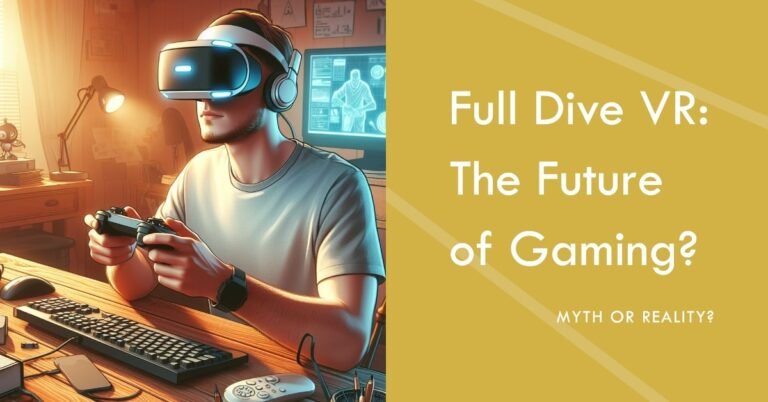
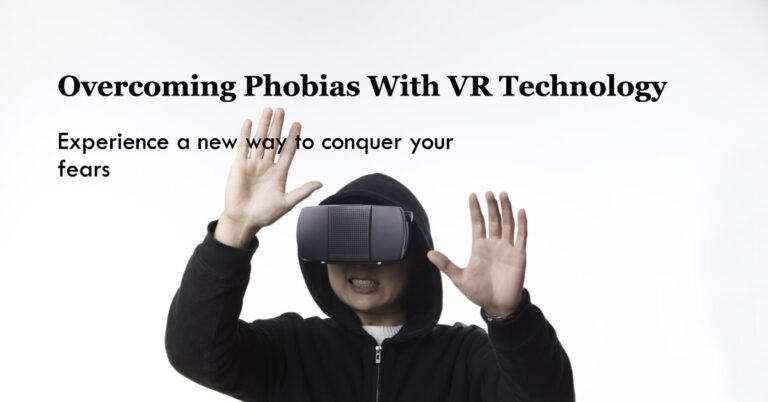
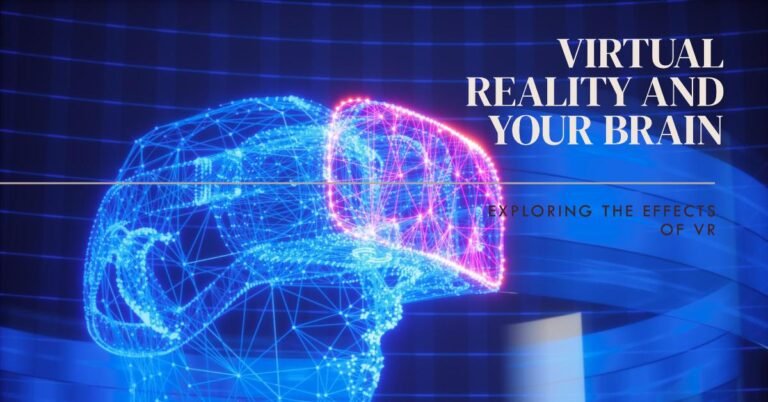

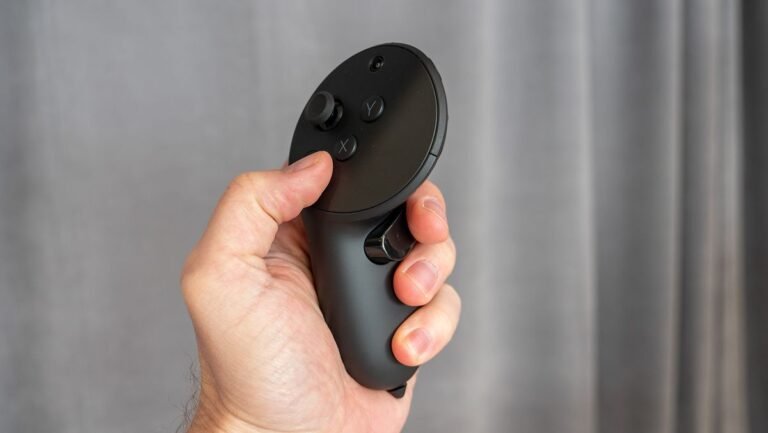
One Comment